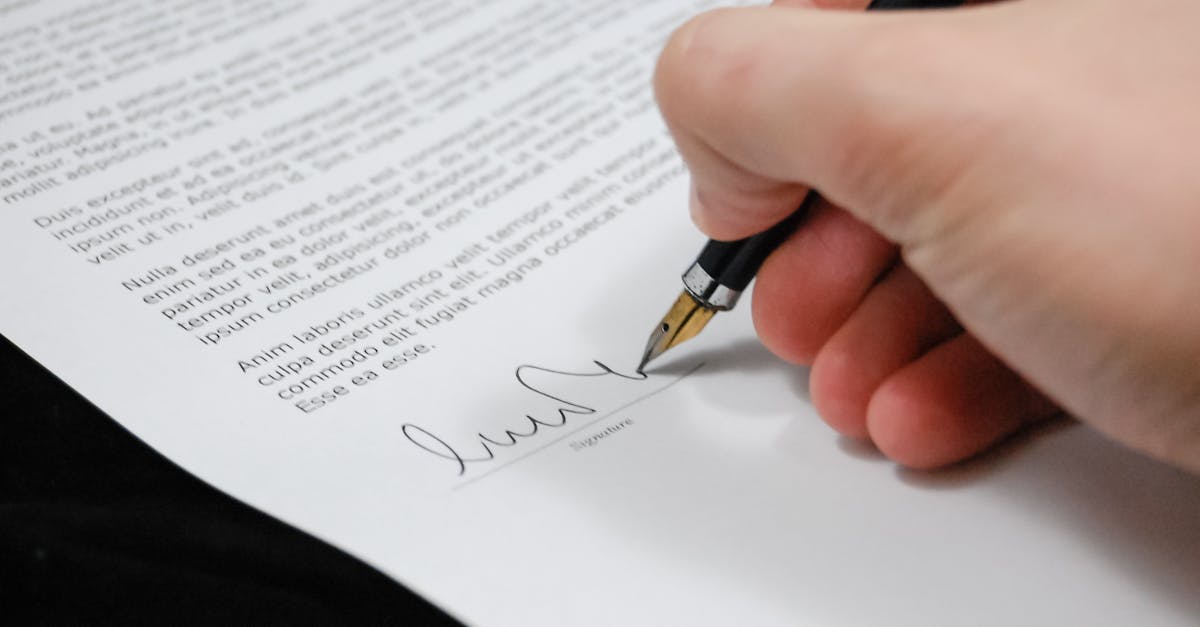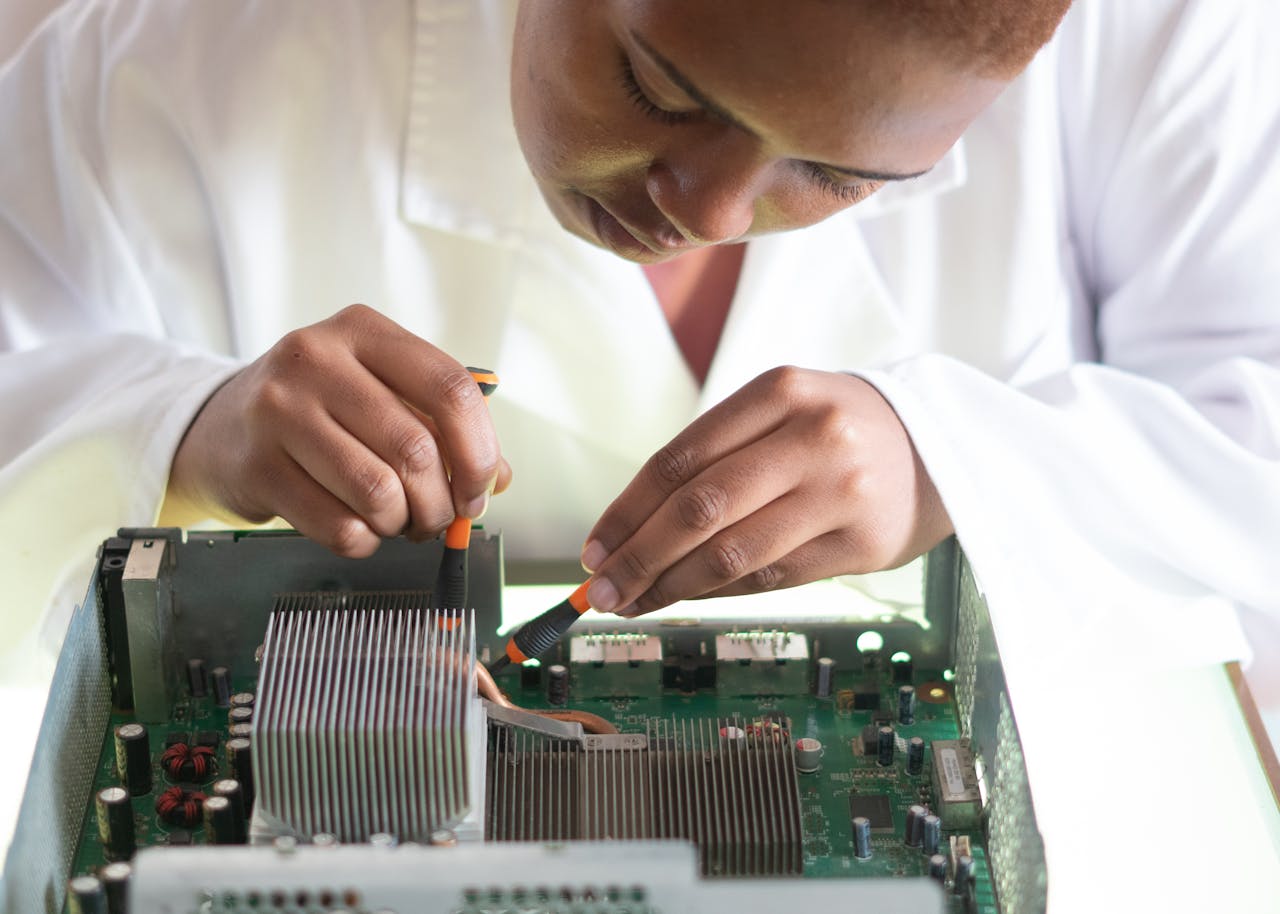Market Opportunities and Challenges
In 2022, Germany’s balcony solar market experienced explosive growth. Driven by surging energy prices and the need for affordable, decentralized solutions, both households and small businesses urgently sought quick-to-install products. Among them, microinverters became one of the hottest items, perfectly suited for balcony and residential PV systems.
Against this backdrop, a German buyer decided to move quickly and secure a foothold in the market through China’s supply chain. In June 2022, he placed an order for 1,000 microinverters through an online platform, totaling about €150,000. The goal was clear: seize the golden window, meet market demand, and capture profits.
However, within just six to eight months, the failure rate of these inverters exceeded 30%. Although the factory provided replacements, the buyer’s cash flow was already disrupted, his reputation was damaged, and distribution channels began to collapse. Ultimately, he missed the best timing to enter Germany’s booming balcony PV market.
The True Root Cause: Information Asymmetry
Importantly, this situation was not the result of “mistakes” on either side. It was a textbook case of information asymmetry.
From the buyer’s perspective, the challenges were clear:
- Lack of transparent information: Online product listings often looked very similar. Specifications appeared the same, but factories made different choices in materials, design, and reliability. It was nearly impossible for the buyer to see those hidden differences.
- Limited technical experience: Buyers could perform basic functional tests on samples, but functionality does not equal long-term stability. Reliability checks such as 72-hour aging tests, EMC testing, or component-level evaluations require professional knowledge.
- Price-driven decisions: When the technical differences are invisible, price naturally becomes the key decision factor. This was not the buyer’s fault—it was the inevitable result of missing information.
From the factory’s perspective, the challenges were equally real:
- Unclear customer expectations: Different markets require different standards for certification, product lifespan, and tolerance for failures. Without specific requirements, factories tend to deliver cost-effective versions first.
- No effective communication bridge: Without someone to translate the buyer’s long-term goals into concrete technical requirements, factories struggle to understand why a higher standard is necessary.
- Misunderstood products: Many factories are capable of producing high-reliability versions. But when buyers push only for lower pricing, the result is often simplified designs that look similar on paper but perform very differently in the field.
This case, therefore, was not about negligence or blame. It was the natural consequence of two sides speaking different “languages.”
My Role: Bridging Buyers and Factories
This is precisely where my value lies.
I understand both buyers and factories.
- Understanding buyers: With over ten years of experience in renewable energy exports, I know what overseas clients truly need. It’s not just about cheaper prices—it’s about products that allow them to build long-term trust and market share in their home countries.
- Understanding factories: Having worked in inverter design, testing, and production, I know how costs, technical specifications, certifications, and capacity planning work in practice. In short, I understand what factories can do, and what buyers actually expect.
When there is an invisible gap between buyers and factories, I act as the professional bridge:
- If buyers care about low DOA rates, I ensure the factory conducts batch-level aging tests.
- If buyers require certifications, I verify compliance with CE, VDE, and other standards before shipping, not after delivery.
- If buyers worry about cash flow risks, I structure contracts to include replacement and compensation terms, ensuring after-sales service does not cripple their business.
With this role, buyers get products that meet their real needs, and factories get clear, executable standards. The result is a genuine win-win.

